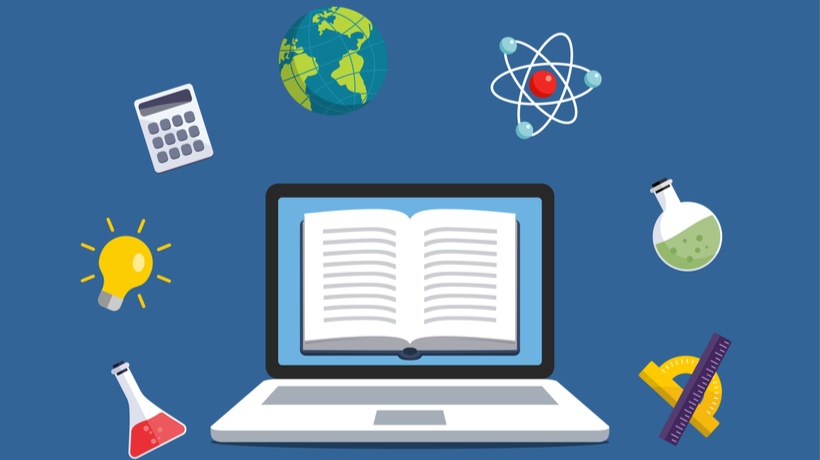Comprehending the Characteristics of Collaborative Understanding
In today’s increasingly interconnected globe, the capacity to function collaboratively is an important ability. As typical educational standards advance to satisfy the demands of the 21st century, joint discovering becomes a crucial concept. This post explores the ins and outs of collaborative understanding, discovering its advantages, approaches, and obstacles, while providing insights into exactly how it shapes modern education and learning.
Collaborative knowing exceeds simply working together.

It symbolizes an educational method where people engage in a cumulative initiative to obtain understanding, solve troubles, and attain a typical objective. This approach stresses the value of variety in thought and cultivates much deeper understanding with communication and common experience.
The Benefits of Collaborative Knowing
Collaborative understanding supplies a myriad of advantages, making it a favored technique in instructional setups across the globe. Among the key benefits is the improvement of crucial believing abilities. As students involve with peers, they are subjected to various perspectives, motivating them to examine Q&A and analyze info a lot more critically.
One more considerable advantage is the enhancement in communication abilities. Joint knowing settings demand active listening, articulate expression of ideas, and considerate discussion. These abilities are important, not just academically, yet in professional and social contexts too.
Cognitive advancement is likewise especially strengthened with collective efforts. Interacting requires students to express their reasoning, difficulty assumptions, and integrate different viewpoints, resulting in deeper cognitive handling and retention.
- Boosted important assuming
- Enhanced interaction skills
- Raised cognitive advancement
- Greater retention rates
- Fostering of social and leadership skills
The advancing result of these advantages is an extra all natural educational experience. Learners not only obtain understanding however likewise establish vital life abilities that prepare them for future collective ventures in any type of field.
Methods for Efficient Collaborative Discovering
Implementing joint understanding efficiently calls for thoughtful strategy and preparation.

Educators must develop an atmosphere conducive to collaboration, where students feel risk-free and inspired to take part openly. Here are some techniques that can facilitate successful collective understanding experiences.
First of all, developing clear goals and assumptions is critical. When Which of the following is the largest source of available freshwater? the ocean lakes rivers groundwater students comprehend the objectives and their duties within the group, they are more likely to involve meaningfully. Educators ought to connect these purposes clearly and ensure they are lined up with the educational program.
Secondly, the use of diverse team structures can improve the understanding experience. By differing group structure, whether by skill degree, rate of interest, or background, teachers can promote dynamic interactions and a more detailed understanding of the product.
Obstacles in Collaborative Knowing
While collaborative discovering offers many advantages, it is not without its difficulties. One common problem is the difference in team member participation. Some people might control discussions, while others may be less likely to contribute, resulting in a discrepancy in the knowing experience.
- Diverse levels of engagement
- Prospective for dispute
- Time management difficulties
- Numerous degrees of commitment
In addition, conflicts can arise as a result of differing opinions, working styles, or misconceptions. Educators should be equipped to manage these conflicts properly, promoting a setting where respectful discussion prevails.
The Duty of Innovation in Collaborative Understanding
In the electronic age, technology plays a critical role in facilitating collaborative understanding. Online systems damage geographical obstacles, allowing people from varied places to work together in real time. These tools use a multitude of functions that boost collaborative efforts, from shared files and conversation online forums to digital meeting areas.

Modern technology not just broadens the range of who can participate in joint understanding however also enhances the top quality of interaction. Learners can access a larger series of resources, involve with interactive content, and use their expertise in cutting-edge methods.
Future of Collaborative Knowing
Looking ahead, the future of joint understanding appears promising. As educational institutions continue to welcome technology and innovate instructional strategies, partnership will likely end up being a cornerstone of discovering experiences at all levels of education and learning.
Ultimately, the essence of joint learning hinges on its capacity to empower people via shared initiative and good understanding. As we progress, cultivating these experiences will be vital in preparing students not simply to be successful academically, yet to grow in a facility, interconnected world.
